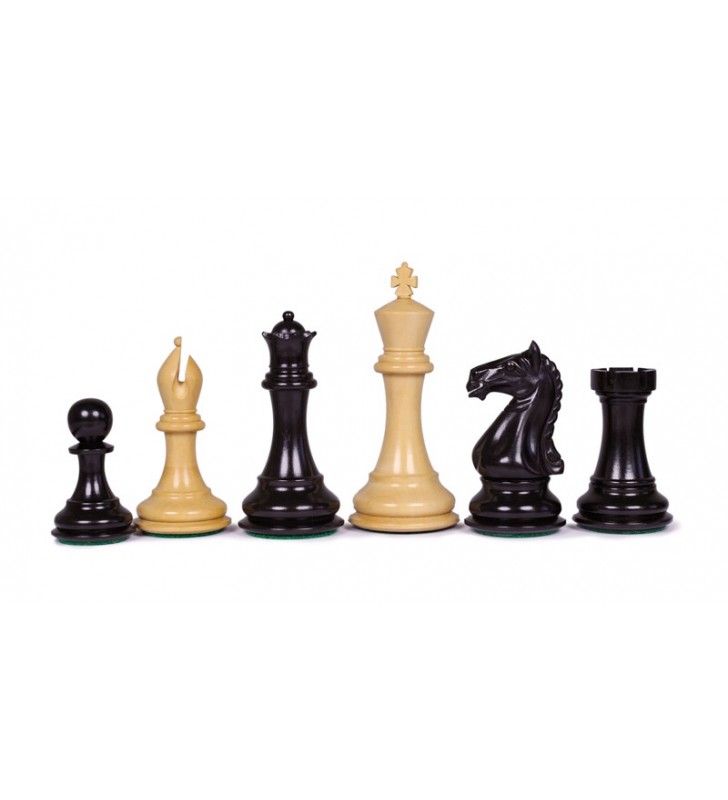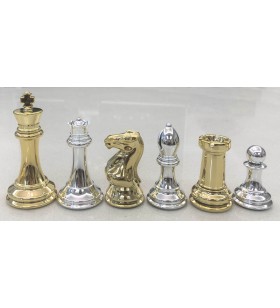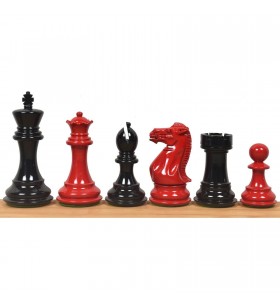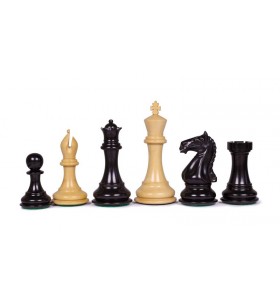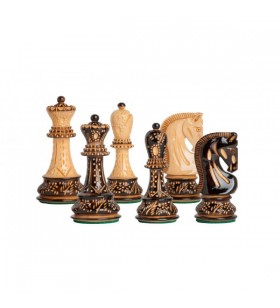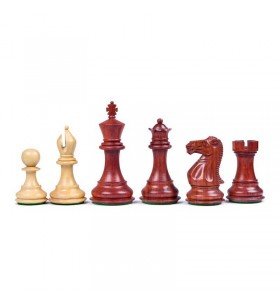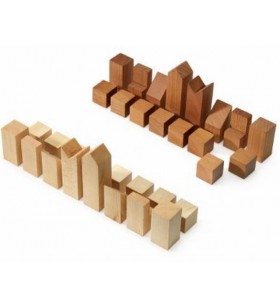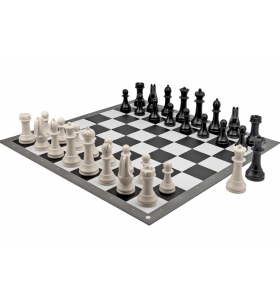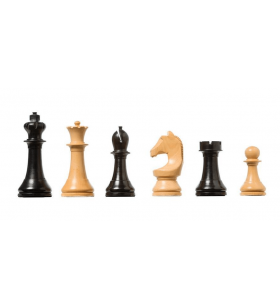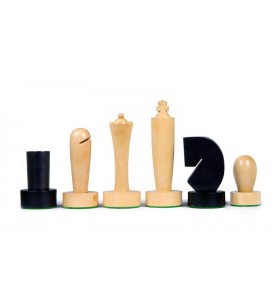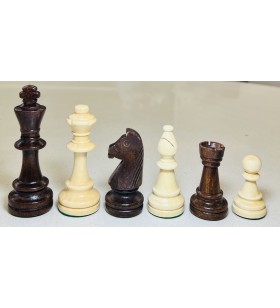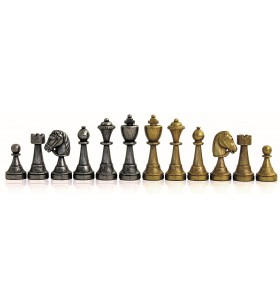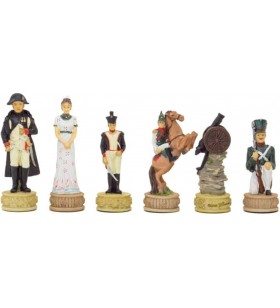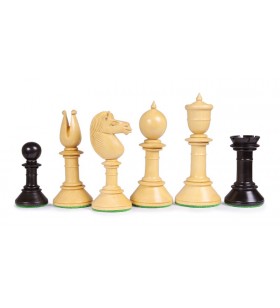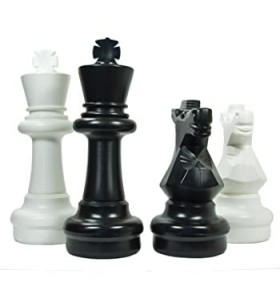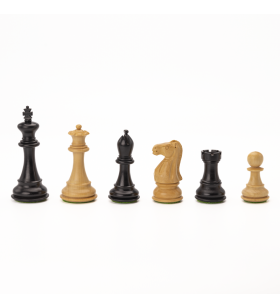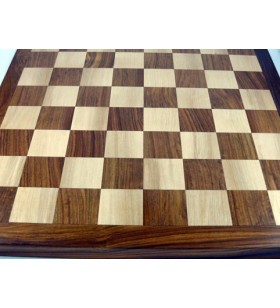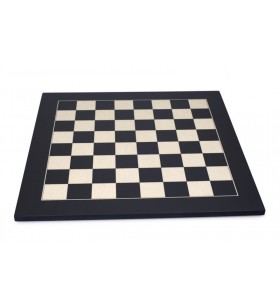This beautiful Staunton chess pieces earn a point in their history; in the 19th century, London was a major center for the production of chess pieces. John Jaques, one of the main ivory and wood turner then, decided to better the appearance and it's function of the chess pieces. Together with his partner Nathaniel Cook, they finish their model in 1849 and record it in honor of Howard Staunton, a former charismatic chess player and journalist. A kind of marketing hit ahead of its time.
The Staunton chess pieces are stable by their broad base and the general aesthetics of the pieces is transformed: The tower is an impregnable fortress, the line of pawns is refined, the miter of the runner is simplified, it is now more easier to distinguishes the crown of the king thanks to the cross, from the lady her pointed collar. And above all, the ultra-realistic appearance of the horse raises the desire to fight on. Style which we clearly find inspiration back in the frieze of the Parthenon, a masterpiece of Greek sculpture in the 5eeuw BC. which is largely preserved in the British Museeum London.
The Staunton pieces quickly had a great success and were officially prescribed in 1924 for competion. Different variants of Staunton since the original model made in 1849 are now all over the world available for chess players, but they remain faithful to the "John Jaques style".
The Supreme Staunton chess pieces are felted and weighted. They are cut in a dense, valuable ebony, an exceptional deep black. They are perfectly polished, smooth and shiny, and fine glittered with oxalic acid crystals. Giving them as recollected more brilliance to light.
They will perfectly suit on a chess board with squares of 55 mm.

 Français
Français Nederlands
Nederlands English
English